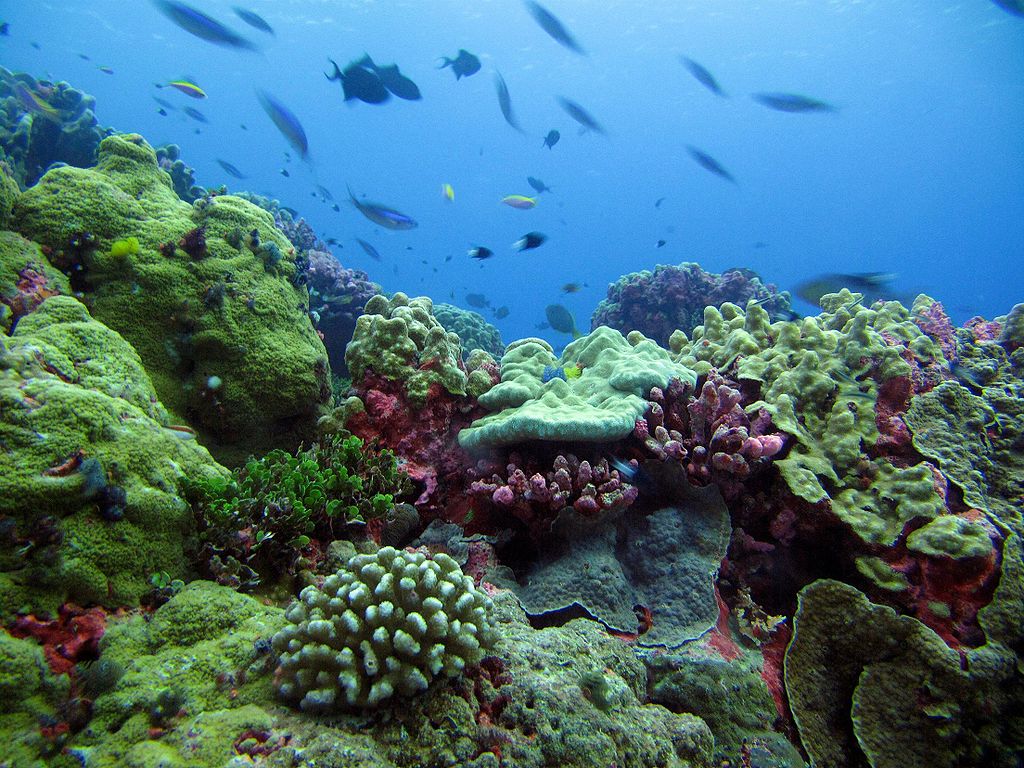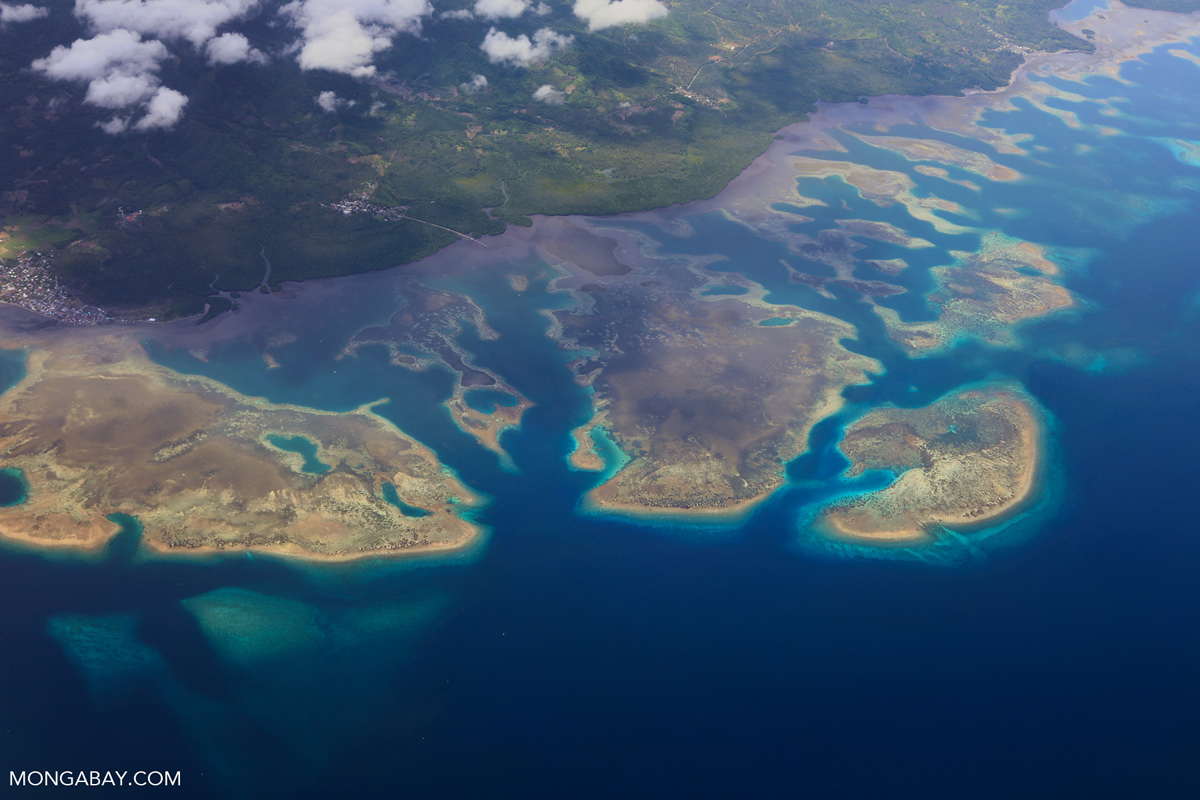- Oceans around the world face a litany of threats, from climate change to overfishing to pollution and more.
- Marine protected areas (MPAs), when well-sited, well-managed and durable, provide ocean ecosystems with the capacity to restore damaged marine populations, protect endangered species and recover faster from climate-caused disasters.
- MPA policies need to be implemented more widely, writes Kelsey Lamp from Environment America’s ocean campaigns, starting by protecting 30% of our oceans with MPAs by 2030.
- This article is a commentary and the views expressed are those of the author, not necessarily Mongabay.
Ocean life is increasingly threatened: offshore drilling has polluted ocean waters while overfishing has stripped fish populations of their abundance, pushing stocks to the point of collapse. Oceans are also taking the heat of climate change, forcing migratory species to travel farther north in search of cooler, oxygen-rich waters and putting them into conflict with the species already at home near the poles. If nothing is done, future generations may one day encounter an ocean that is totally unrecognizable, its once great diversity of life turned into a relic of the past.
But that future is not inevitable: we can put in place policies to give our ocean a fighting chance.
In the United States, the federal and state governments must take urgent action to boost our ocean’s resilience against severe threats, and ensure the preservation of ocean ecosystems and conservation of marine life. The first step we must take is protecting 30% of our oceans with marine protected areas by 2030.
Marine protected areas (MPAs), when well-sited, well-managed and durable, provide ocean ecosystems with the capacity to restore damaged marine populations, protect endangered species and recover faster from climate-caused disasters. This was the conclusion of a recent report I co-authored titled “New Life for the Ocean: How Marine Protections Keep Our Waters Wild.”
MPAs work by removing additional, direct pressure — like commercial fishing or offshore drilling — from ecosystems that might already be experiencing stress from climate change, ocean noise or water pollution. Removing these forms of human interference gives the flora and fauna a better chance to recover, reproduce and adapt.
By looking at six case studies of long-standing MPAs from around the globe, we found reasons to hope that the future of our ocean could be brighter if we act now.
MPAs can help degraded ocean ecosystems recover: In Cabo Pulmo, Mexico, locals fought to protect an area that had been ravaged by overfishing. A decade later, overall biomass within the protected area had increased by 463%, making it comparable to reefs with no fishing. The biomass of top predators, including sharks and grouper, had grown by a staggering tenfold.

Protections can restore marine life in entire regions. In 1999, scientists found that almost half of all fish species were overfished in Dry Tortugas National Park at the westernmost tip of the Florida Keys. Over the course of the next decade, federal and state regulators implemented three “no-take zones” — areas off-limits to fishing — in and around Dry Tortugas National Park. Not only have these reserves helped restore fish populations within the Dry Tortugas, the protections helped restore balance to the larger Keys ecosystem: scientific studies have since found that fish eggs and young have been swept by ocean currents from the protected areas to the rest of the Florida coral reef. This highlights another key benefit of MPAs: healthier populations of marine life within the protected area can “spill over” into adjacent, unprotected areas and help revitalize broader ocean ecosystems.
Strong protections for marine areas can foster the recovery of endangered species. One of the largest MPAs in the world, Hawaiʻi’s Papahanaumokuakea Marine National Monument (PMNM), is home to incredible biodiversity, with 7,000 species that depend on the monument; a quarter are endemic to the Hawai’ian archipelago, including the Laysan duck.
By the late 19th century, human activity had wiped out the Laysan duck populations from everywhere except Laysan Island, where only a handful of the highly endangered ducks remained. Conservation efforts fostered by the Monument designations have helped the population rebound and helped establish a second population on Midway Atoll. Today, the Laysan duck can survive a strong storm or disease without facing the possibility of extinction.
Finally, protected areas are more resilient to natural disasters. Great Barrier Reef Marine Park has some of the strongest protections of any coral reef, which include swaths of no-take areas. One 2016 study found that the no-take areas resisted and rebounded from natural disturbances — including coral bleaching, storms, coral disease and outbreaks of coral-eating starfish — faster and more completely than those in adjacent, less well-protected areas. The study found that, on average, the size of disturbance impacts was 30% lower in reefs in protected zones, and these areas were able to recover 20% faster than unprotected areas. In addition, the composition of the reef community was between 21 and 38% more stable in protected reefs than in unprotected areas.
These success stories should provide us with hope: when we act to protect key habitats, marine life does better. While there are detractors, especially in the commercial fishing and offshore drilling industries, who often oppose new MPAs, protecting our life-teeming, awe-inspiring oceans for the long haul is absolutely essential. It’s time for us to put MPA policies into wider practice, and write a more hopeful future for the life beneath our waves.
Kelsey Lamp directs Environment America’s national campaigns to protect our oceans. Kelsey lives in Boston, where she enjoys cooking, reading and exploring the city.
Banner image: Finding out if marine protected areas work is expensive. Photo of Sulawesi, Indonesia by Rhett A. Butler / Mongabay.
